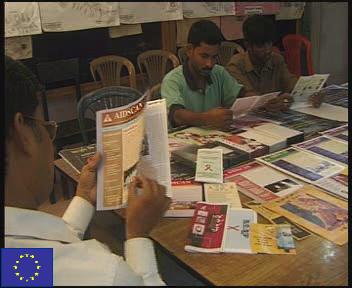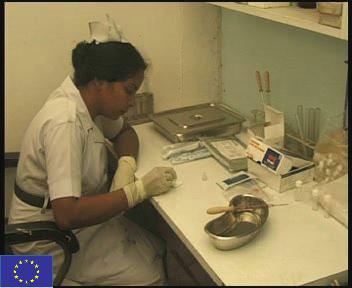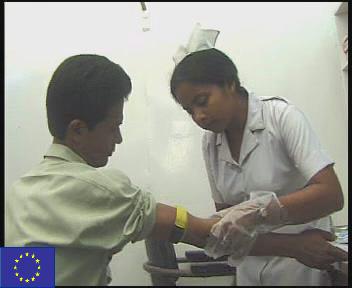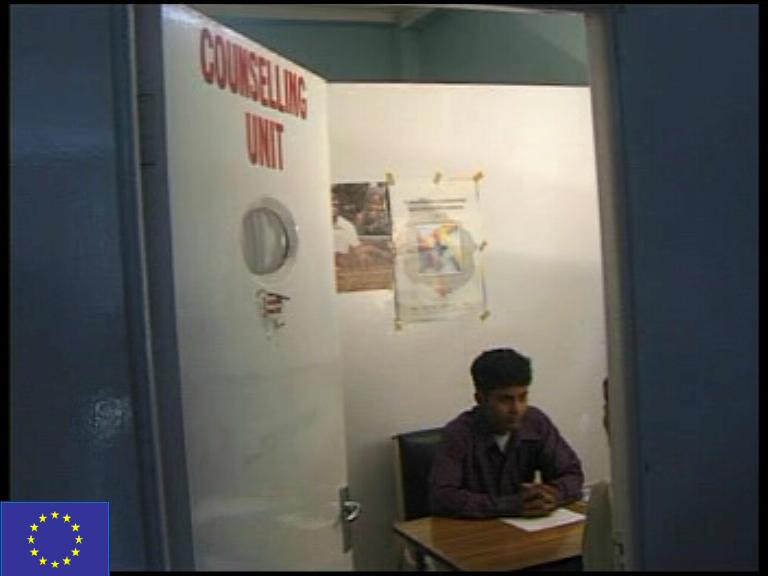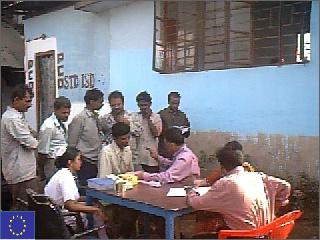
Impacts of Work
Impact of work done by AIDS Prevention Society
Work done by AIDS Prevention Society contributed in achieving several positive impacts in Assam, Meghalaya and other states of North East India where he worked since 1990-91 :
- WORLD BANK REPORT Described AIDS Prevention Society as a”Model in the country”: World Bank Report and Observations of AIDS Prevention Society(APS) highlighted their successful community intervention. Senior key Official of the World Bank, Mr Michael F Carter, the Country Director being impressed with his first visit has again re-visited APS in 2005 , this time with a team of 5 officials and made an elaborate extensive field visits to several Projects – MTCT Project (Mother-to-child-transmission Prevention of HIV Project awarded based on an International competitive bid by Brussels, supported by the European Commission), The Truckers Project (supported by British Govt- DfID) , Project Sakhi (CRS, US supported), IDU Project & Healthy Highway Project (CORDAID , Netherlands supported), SLIP – Street Level Intervention ( US State Deptt supported ) and Health Centres and Community Centres (BRO Collaboration) . Along with the World Bank Report came a letter to APS noting their observations which were very encouraging for 150+ APS team where the World Bank suggested scaling up the positive impact of APS as a “Model in the country” .
- Skilled Health Workers created : Hundreds of Nurses- ANMs, Counsellors, Female Health Workers, Peer educators were created for strengthening health delivery system
- Health services made available in most inaccessible areas in Assam-Meghalaya border in North East India achieving mother and child health care in those areas
- Child Immunization against Preventable Diseases were massive – example being 100% coverage of Pulse Polio in Kamrup District and other districts in Assam.
- Massive awareness of general population on HIV/ AIDS achieved.
- State Govt Policy on AIDS adopted and APS played an important Advocacy Role – Free treatment with drugs for HIV/AIDS, their transportation , women and children , orphans care and support achieved .
- Free Treatment on HIV/AIDS : Advocacy by APS contributed in making available Free treatment of HIV and Opportunistic Infections.
- Stigma against People with HIV/ AIDS reduced . High risk taking population like Injecting Drug Users, Sex Workers, Truckers, Migrant Population, Men Having Sex with Men ( MSM) , Street Children were much more aware about HIV/AIDS taking precautions ultimately reducing the infection considerably . Health literacy improved– health related knowledge, attitudes, motivation, confidence, behavioral intentions and personal skills concerning healthy lifestyles, as well as knowledge of where to go and what to do to obtain health services were achieved .
- Social action and influence – APS succeeded in achieving community participation, community empowerment, social norms and public opinion.
- Healthy public policies and organizational practices – implementation of policy statements, legislation/regulations, resource allocation, supportive organizational practices and settings experiencing enhanced engagement with health promotion programs.
- ‘Second level’ health promotion impacts achieved which included those relating to healthier lifestyles, more effective health services, and healthier environments.
